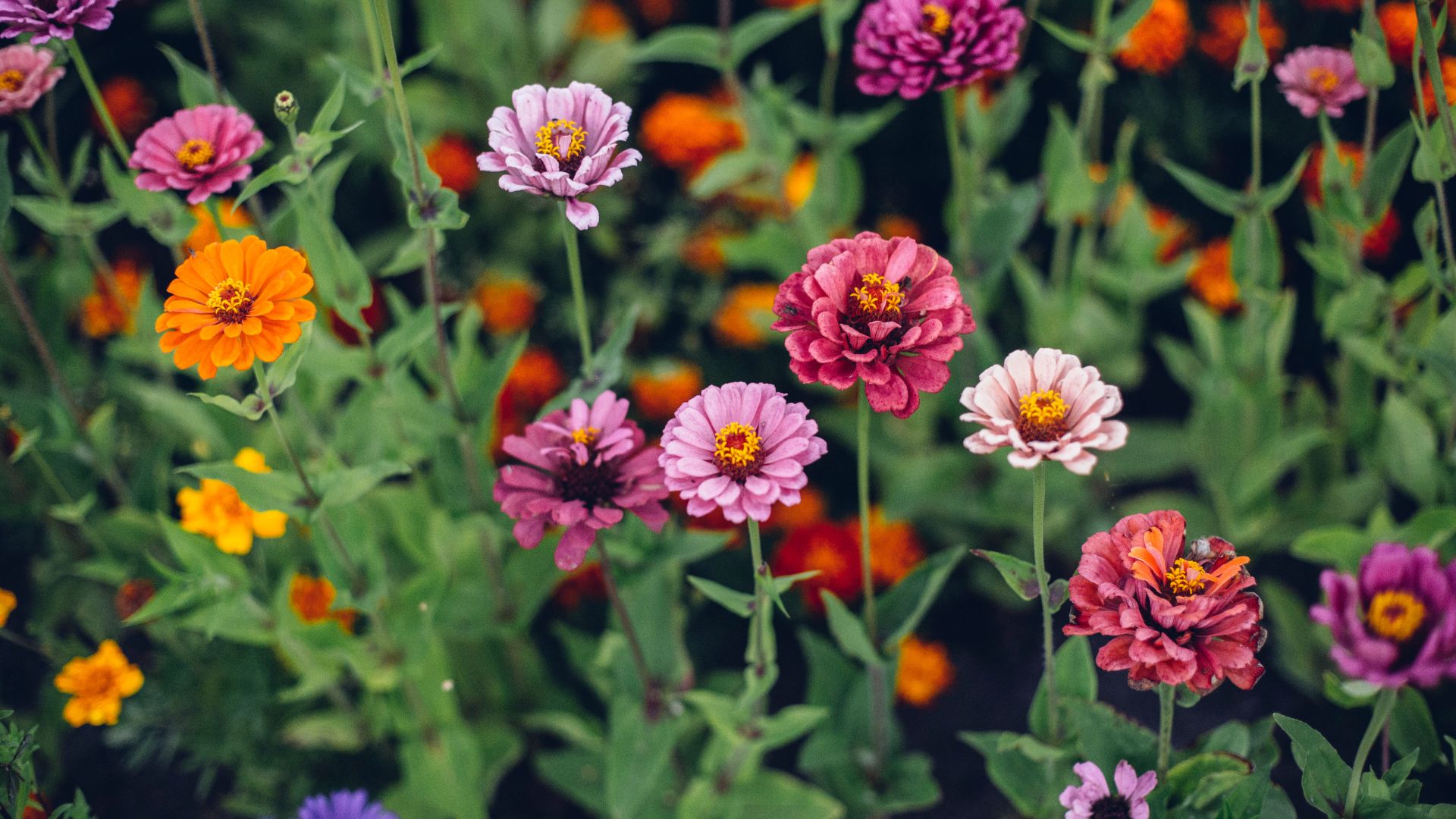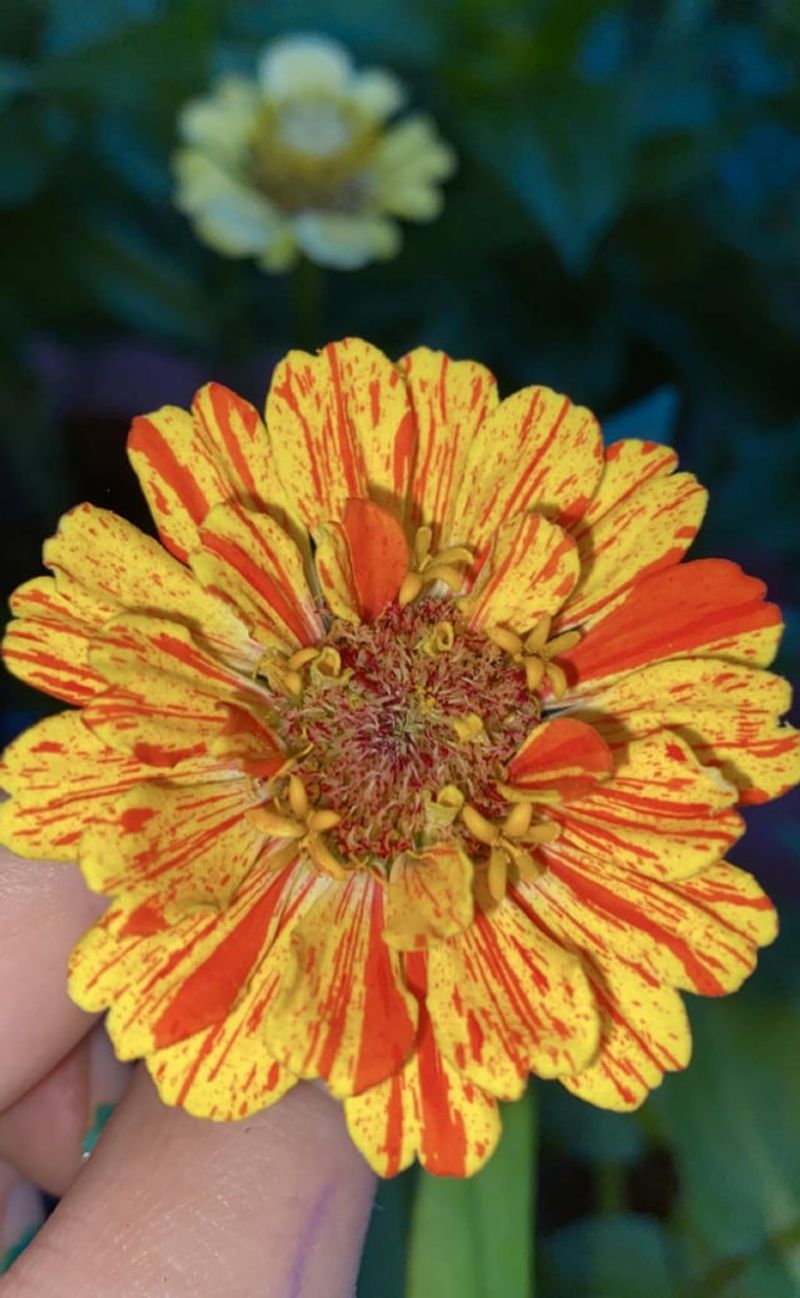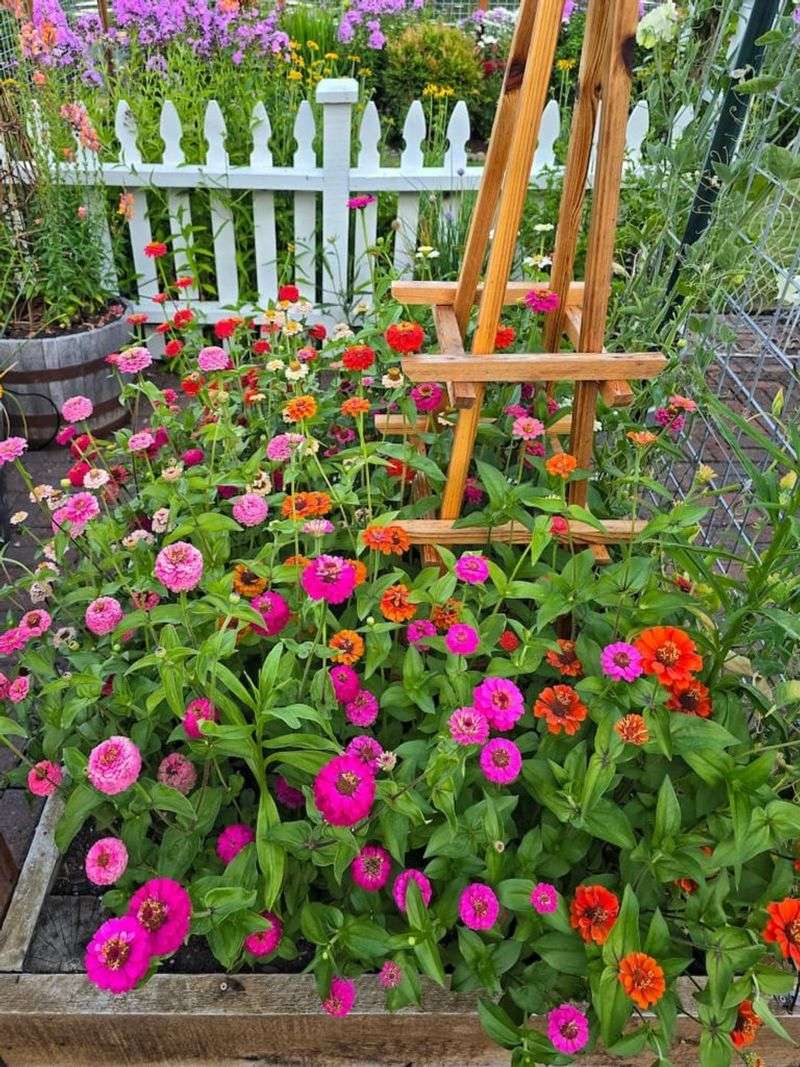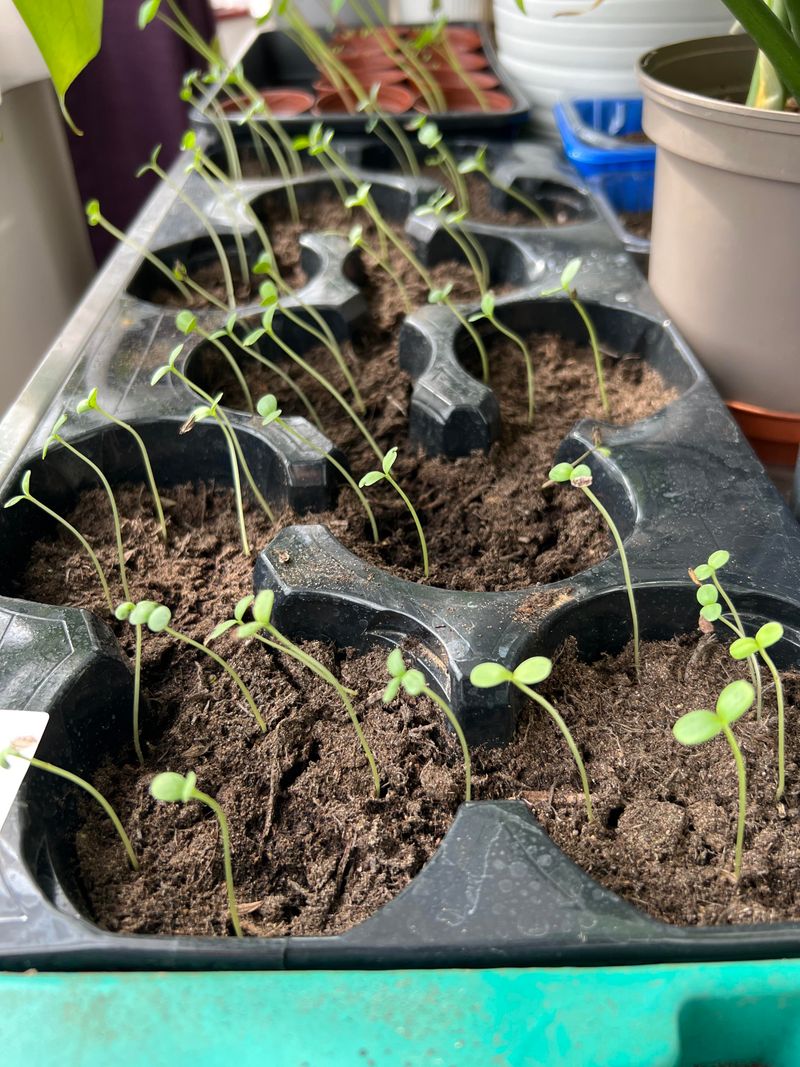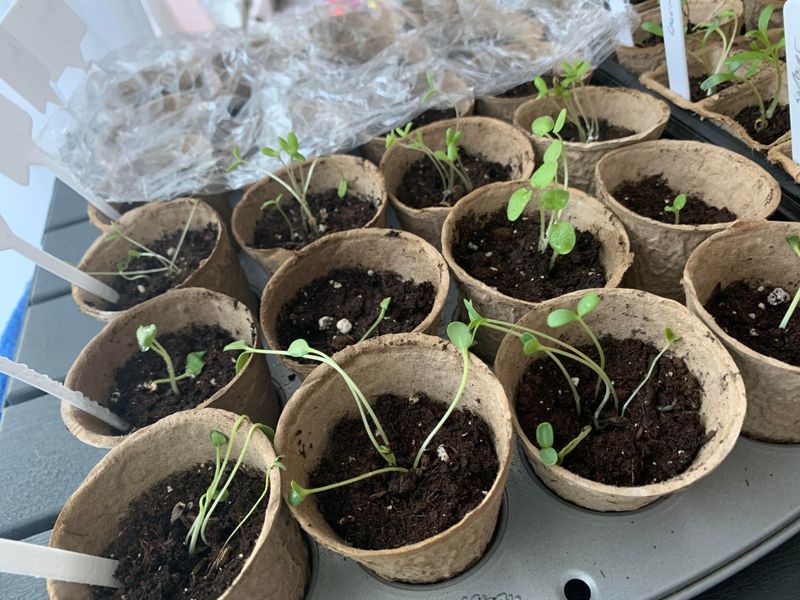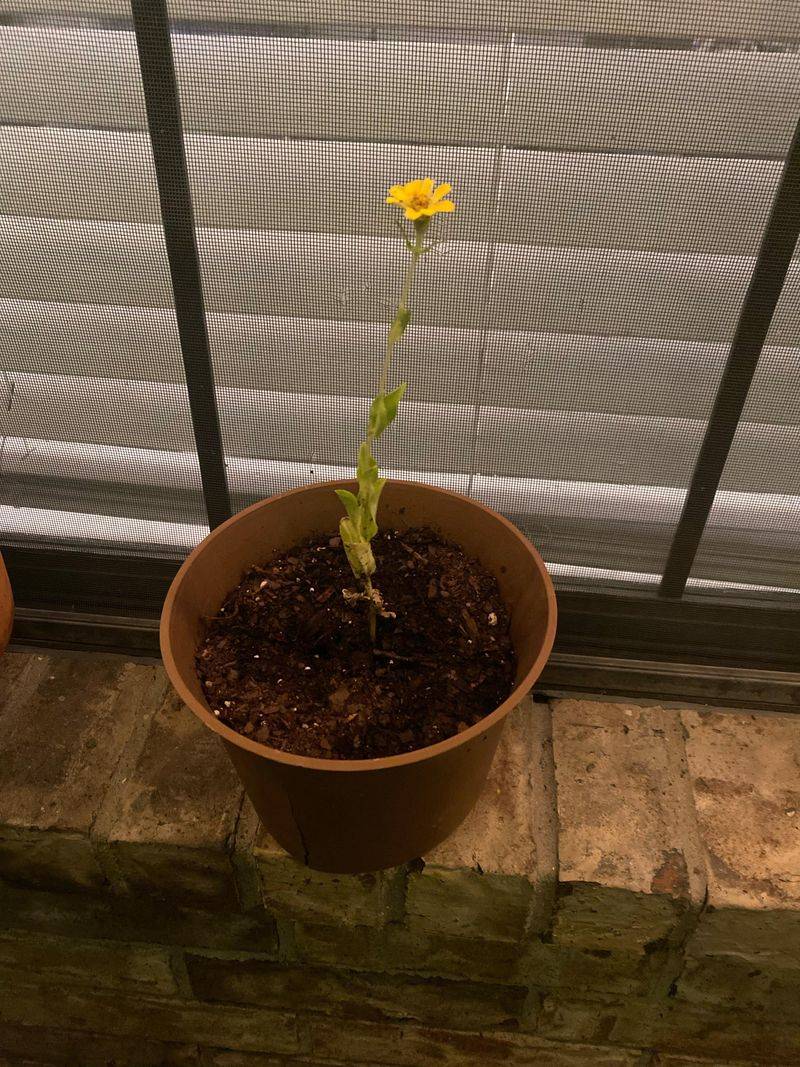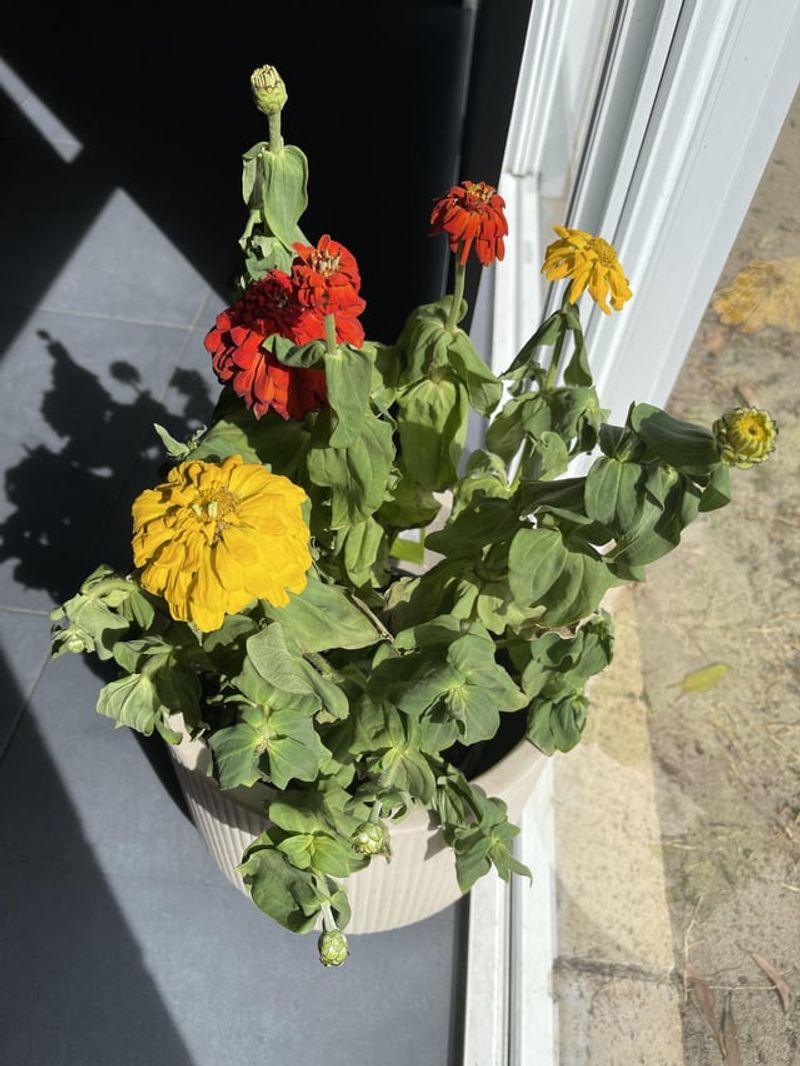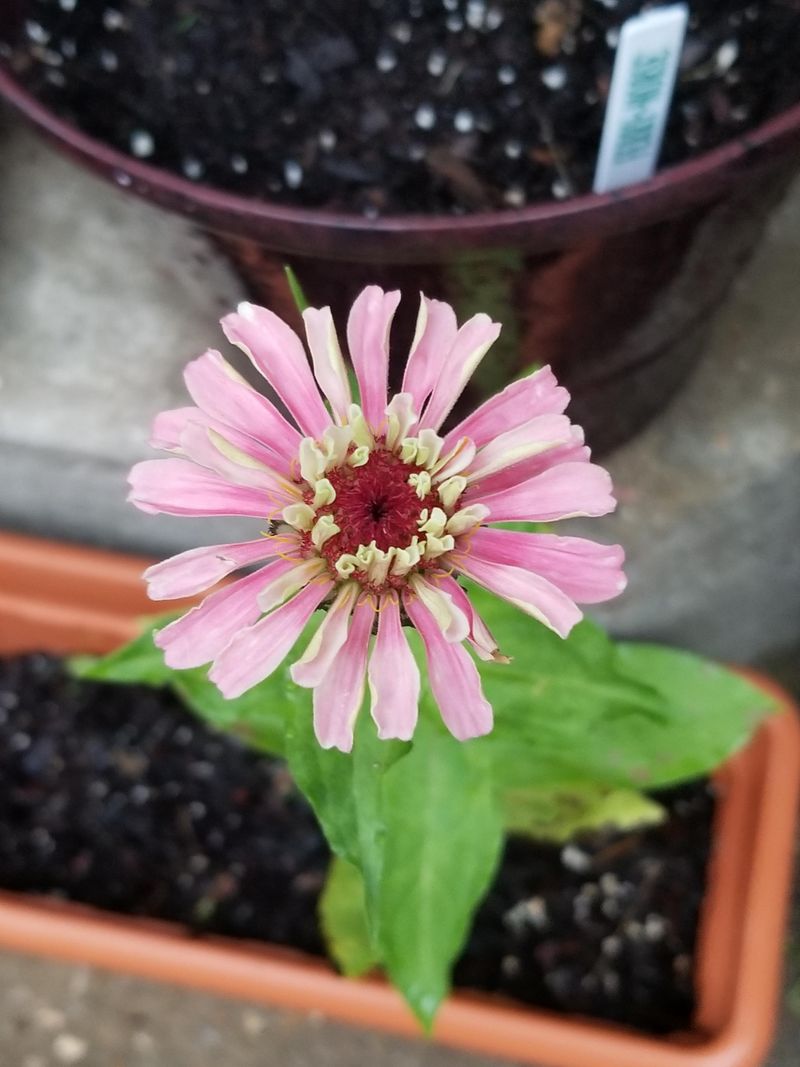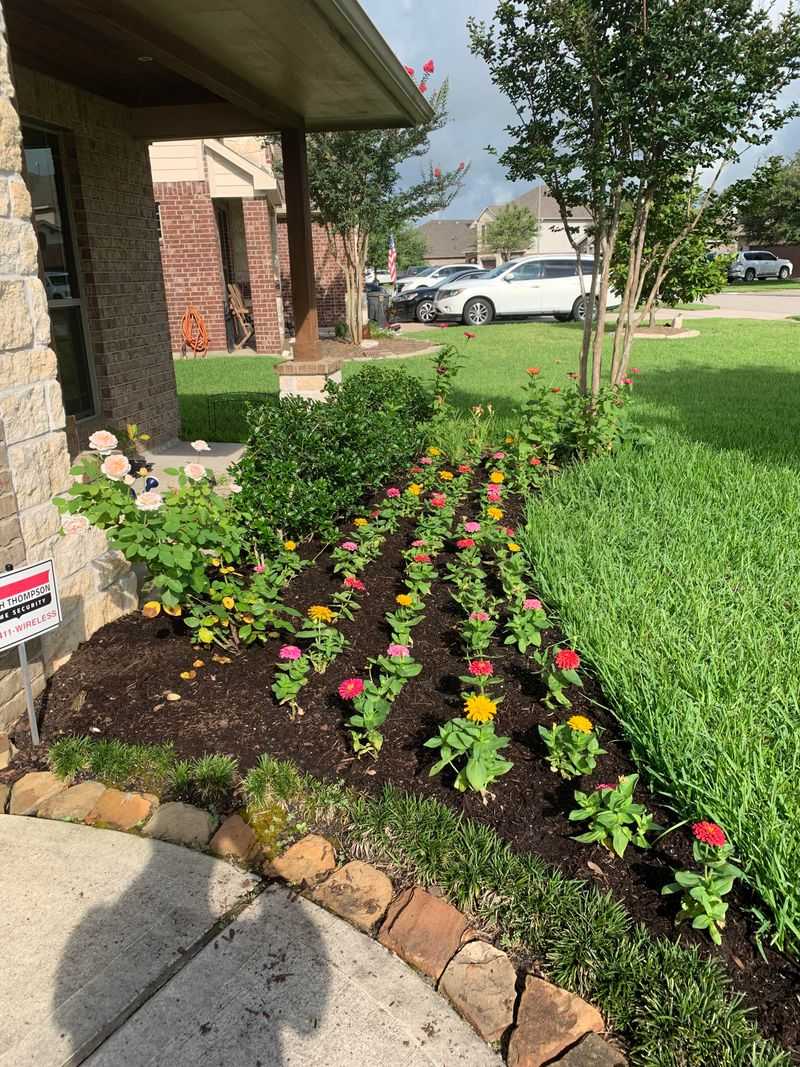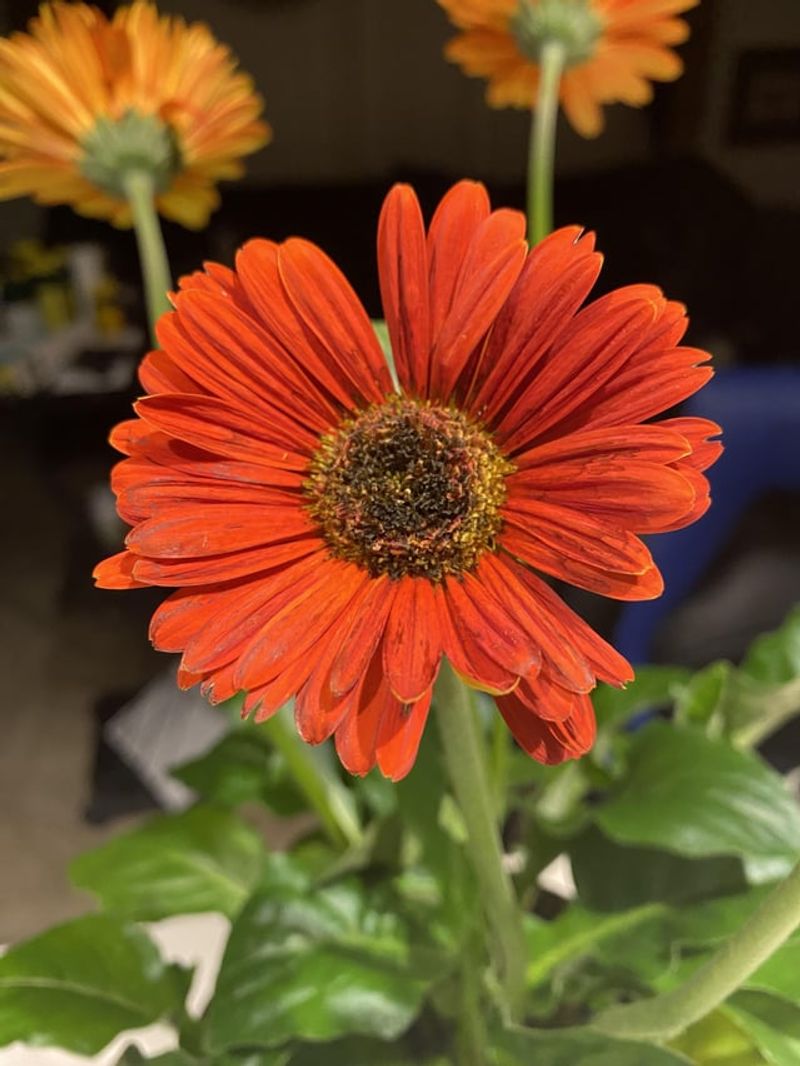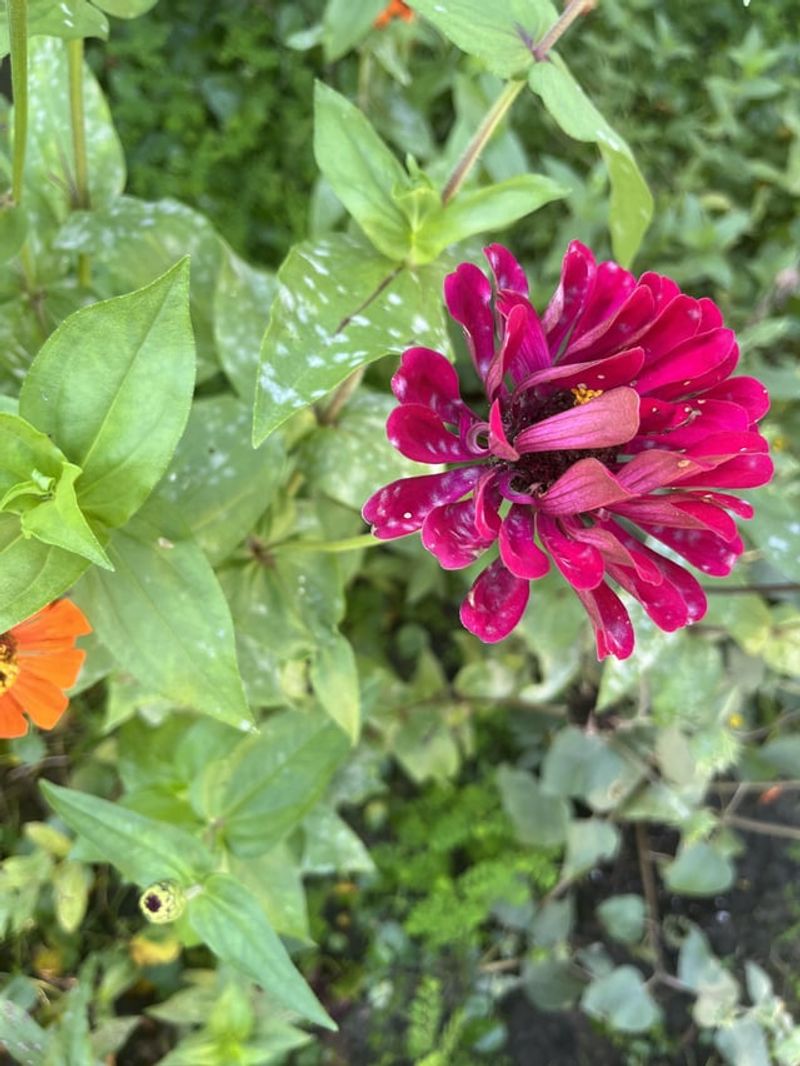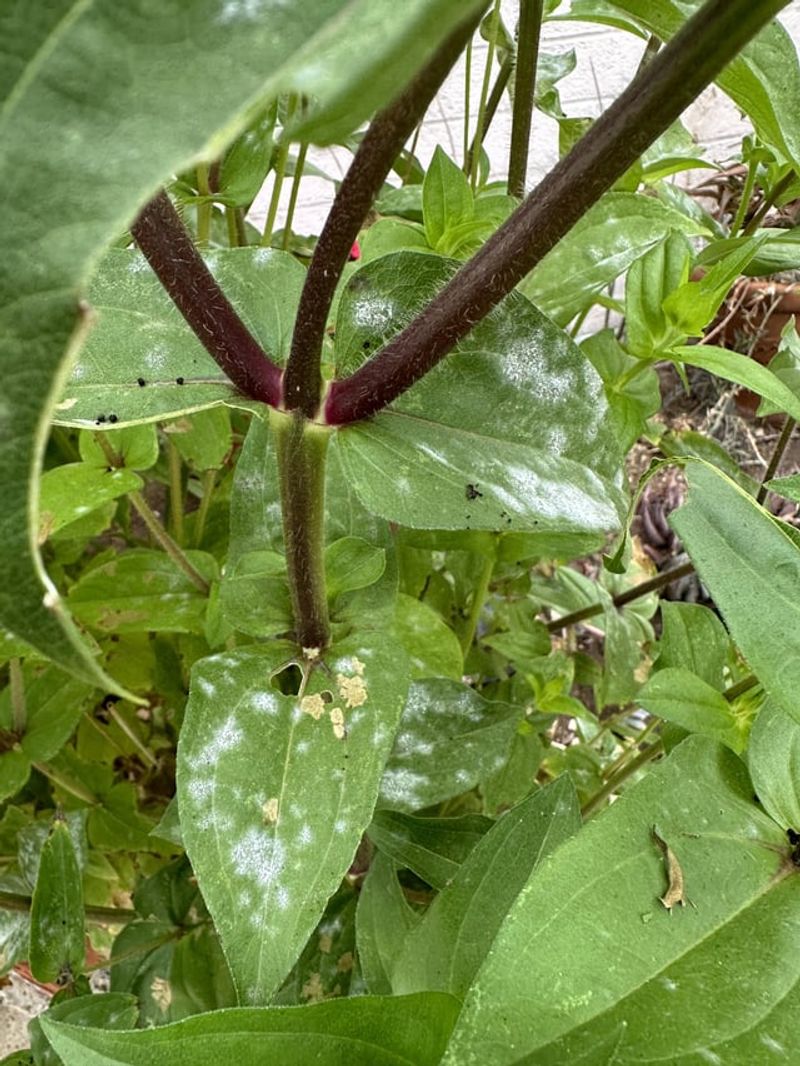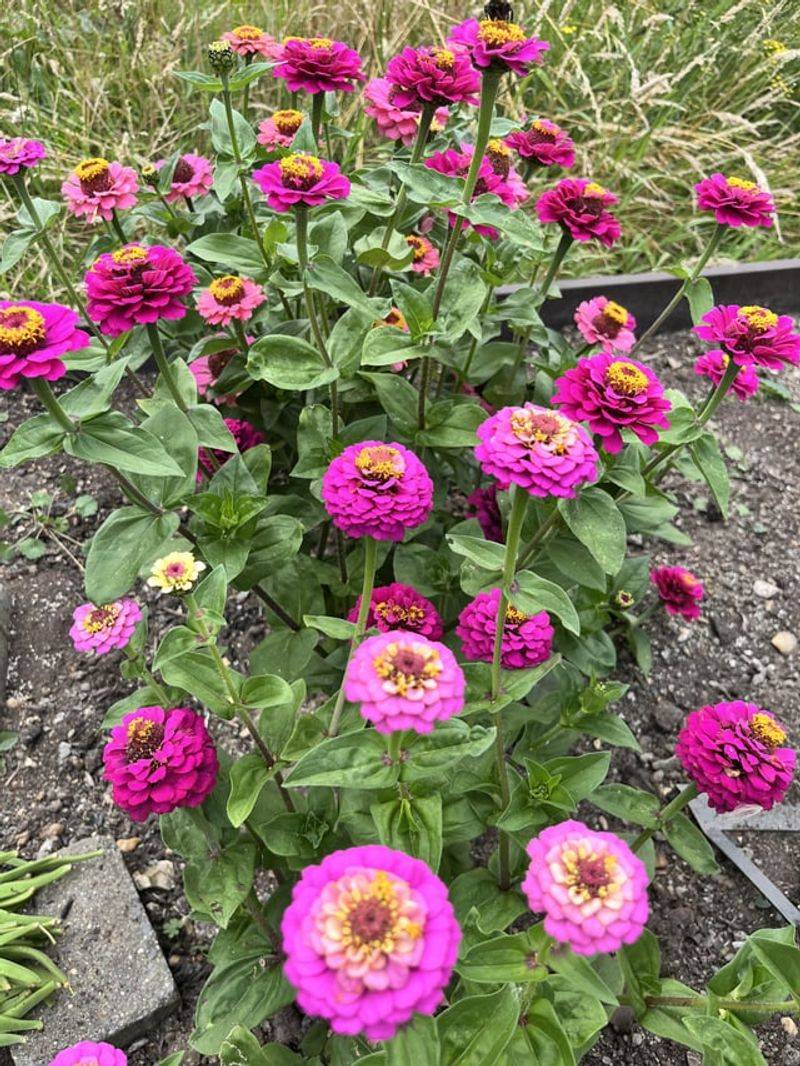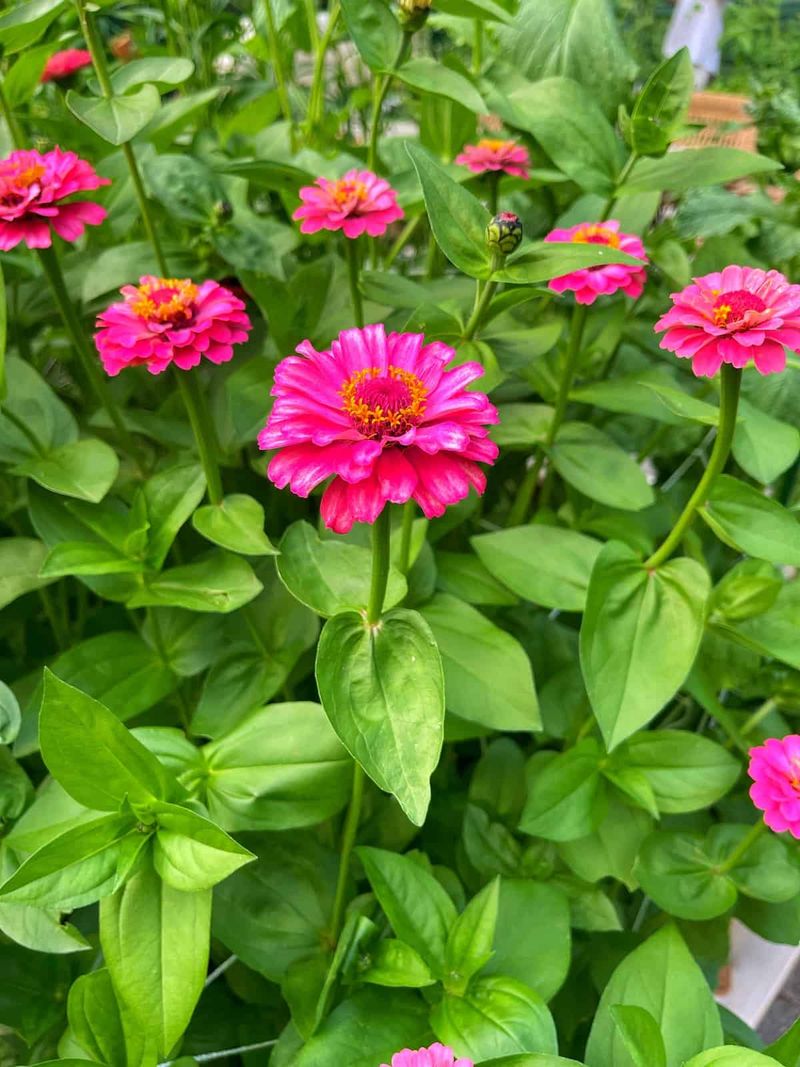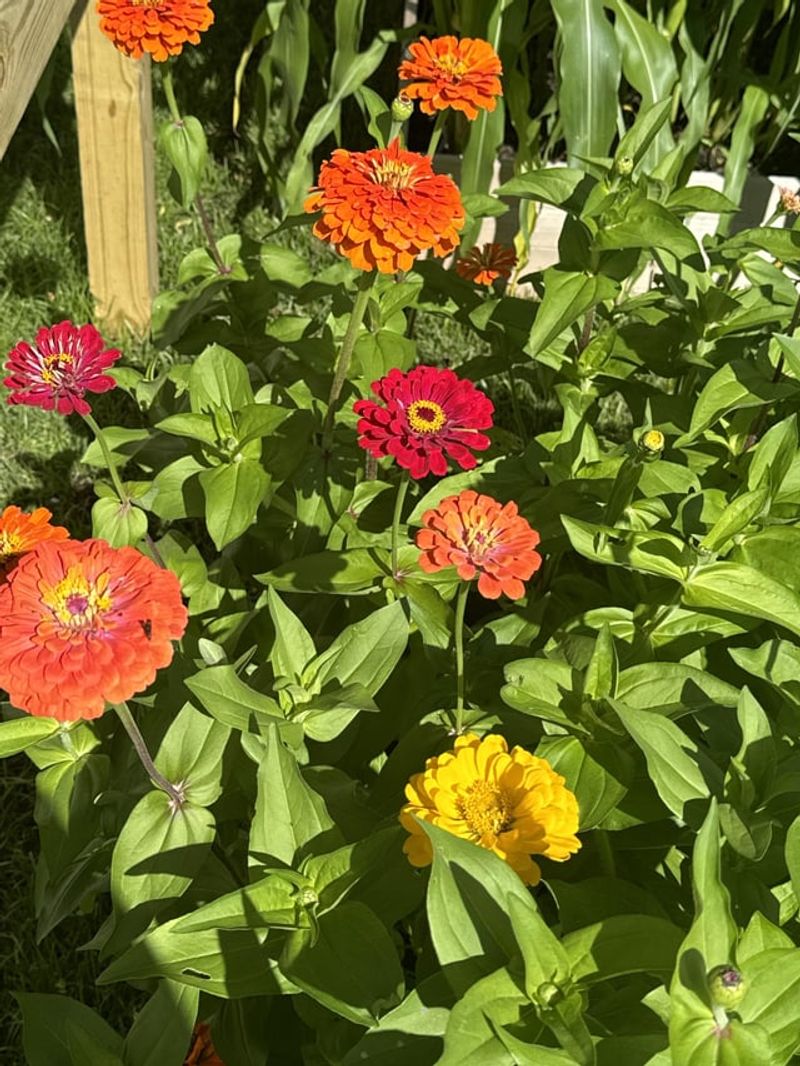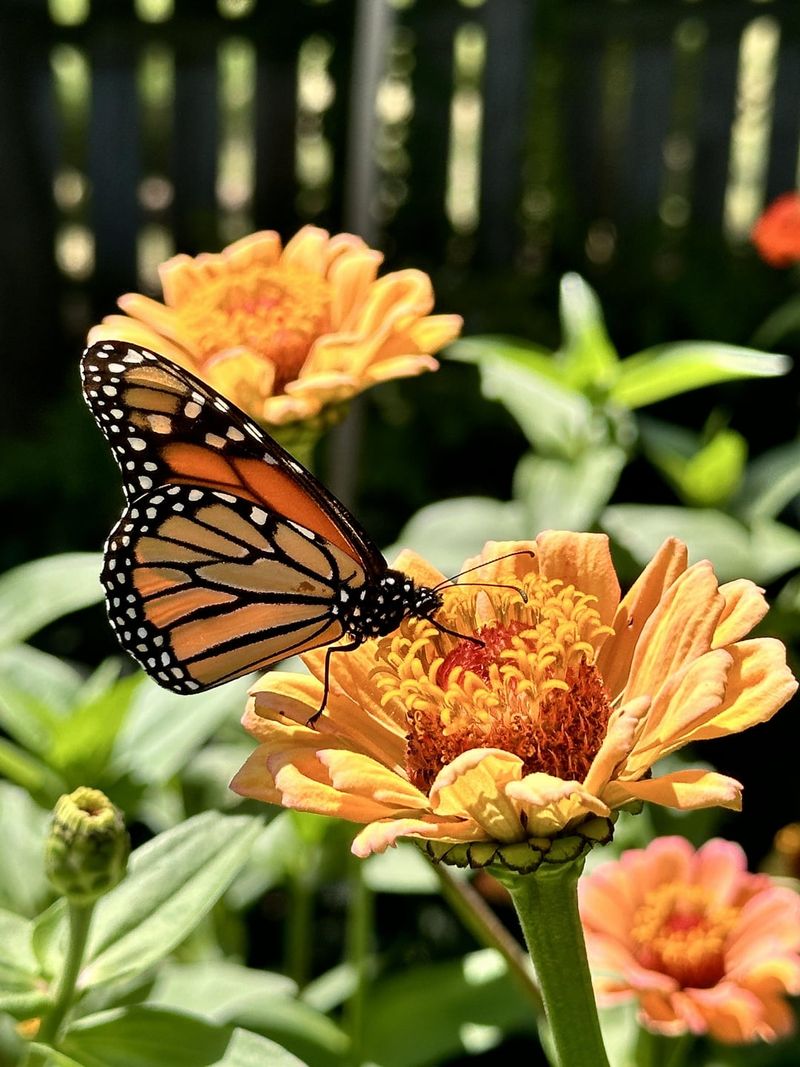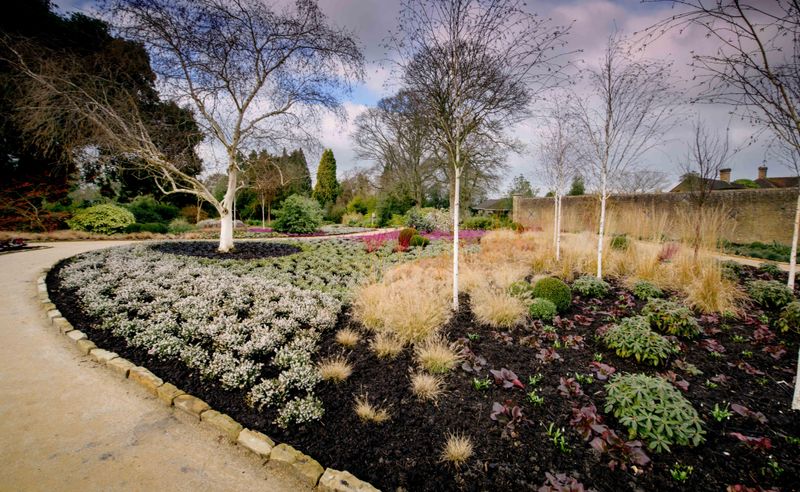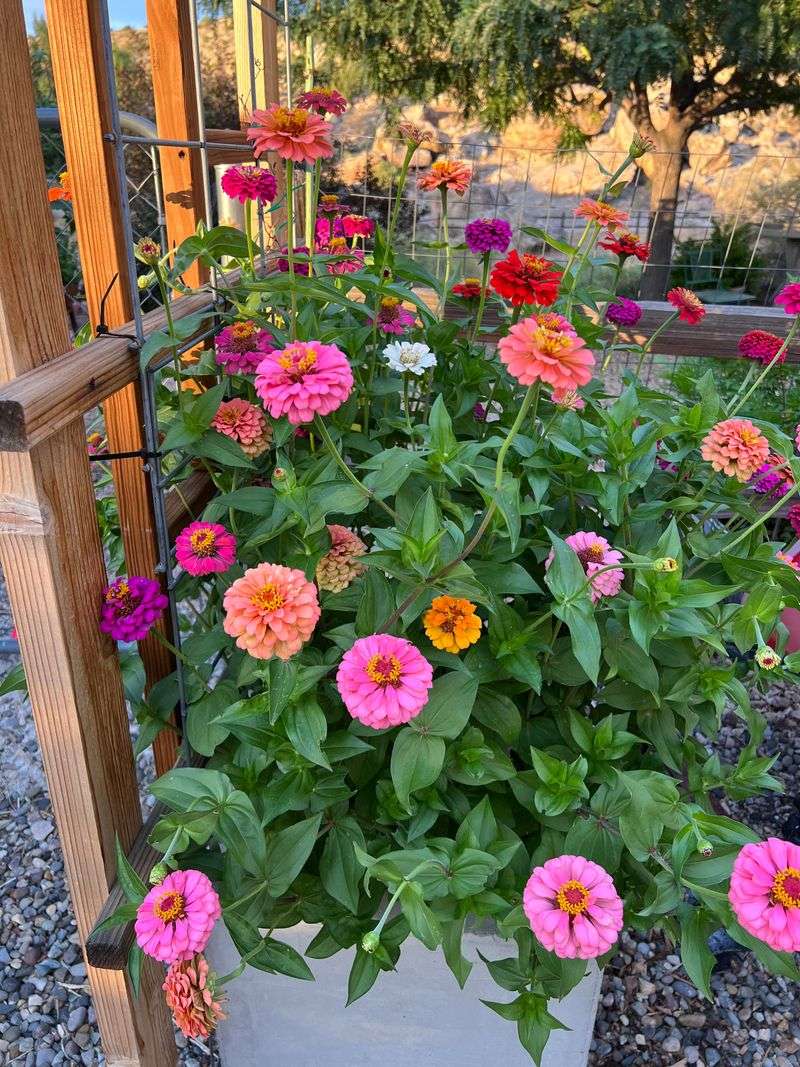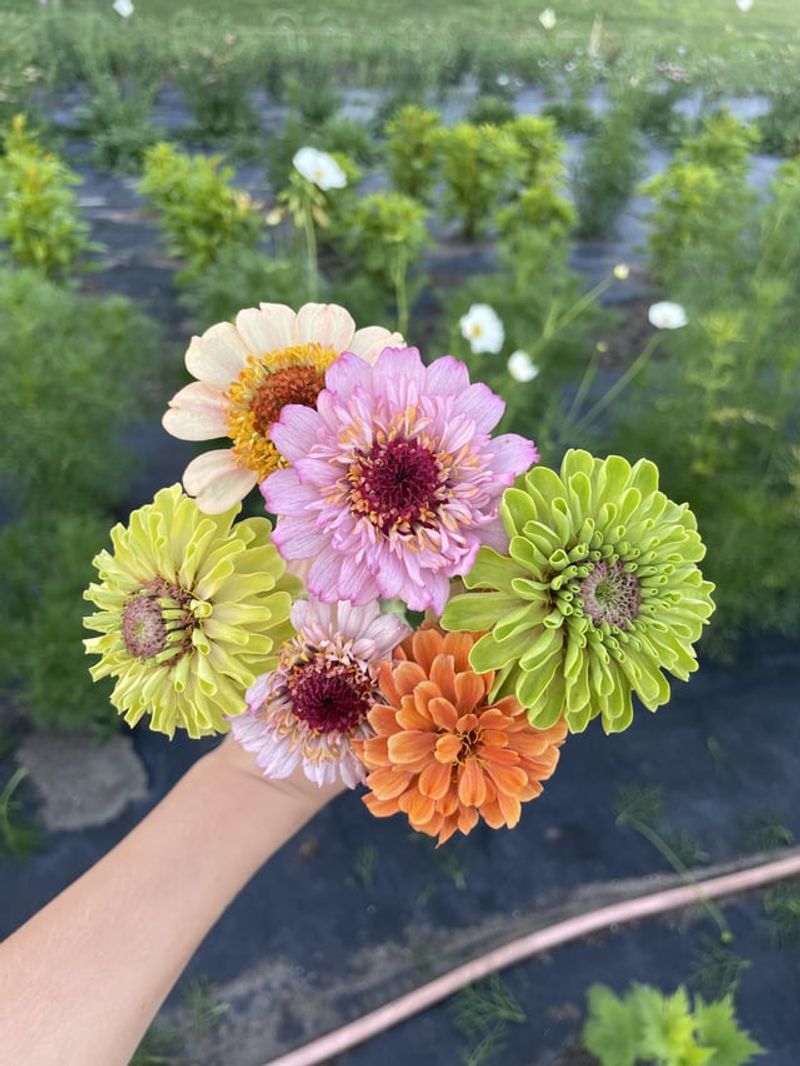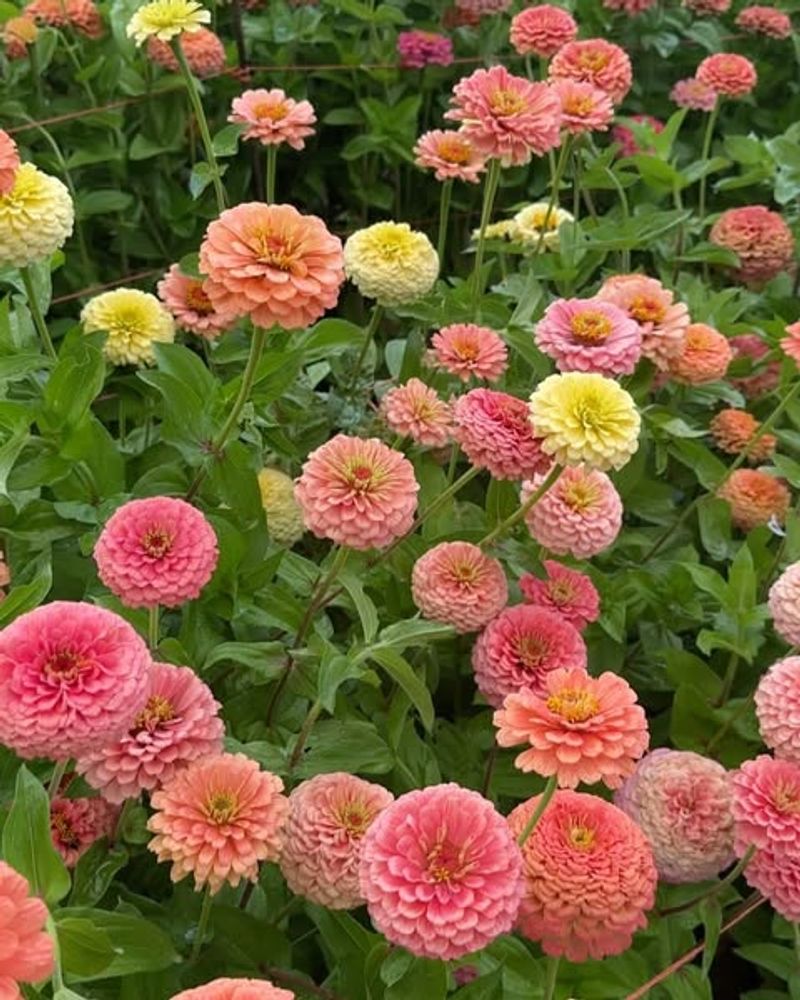If you’ve ever dreamed of having a garden full of bright, cheerful blooms that practically take care of themselves—zinnias are the way to go. I still remember planting my first batch with just a handful of seeds and a lot of hope, and within weeks, my garden was bursting with color.
Zinnias are the kind of flowers that make you feel like a gardening pro, even if you’re just starting out. They’re low-maintenance, fast-growing, and come in so many shades. Zinnias have a way of making everything feel a little more joyful.
I’ll share everything you need to know to grow happy, healthy zinnias—from choosing the right spot to helping them thrive all season long. Let’s get planting!
1. Choosing The Right Variety
Starting with the right zinnia variety is crucial. With so many types available, it’s easy to feel a bit overwhelmed. Consider your garden’s conditions and what you want from your zinnias.
Some varieties are more compact, making them ideal for pots, while others can reach impressive heights. Paying attention to the color palette you wish to create can also guide your decision.
Remember, there’s no wrong choice—only the one that suits you best. Take your time to explore the options and envision how they will complement your outdoor space.
2. Preparing The Soil
Zinnias thrive in well-drained soil rich in organic matter. Before planting, loosen the soil with a garden fork or tiller.
This step ensures the roots can spread easily and access nutrients. If your garden soil is poor, don’t worry; amending it with compost or well-rotted manure can work wonders. While you’re at it, check the soil pH.
Zinnias prefer a slightly acidic to neutral pH, around 6.0 to 7.5. A little preparation goes a long way in setting the stage for healthy blooms.
3. Sowing Seeds Indoors
For a head start on the growing season, consider sowing zinnia seeds indoors. Use seed trays or small pots, filling them with a quality seed-starting mix.
Plant the seeds about a quarter-inch deep, and water gently. Place them in a sunny location, like a windowsill, where they can soak up plenty of light. Within a week or so, you’ll see the first signs of life—tiny green shoots emerging.
This early start can give your zinnias a leg up, ensuring they bloom earlier and for a longer period.
4. Transplanting Seedlings
Once your seedlings have developed a couple of true leaves, they’re ready to move outdoors. Choose a cloudy day to transplant or do it in the early evening to avoid stressing the plants.
Dig holes slightly larger than the root ball of each seedling. Gently tease the roots apart if they’re pot-bound. Place the seedlings into the prepared holes, backfill with soil, and water thoroughly.
This care during transplanting helps minimize shock and encourages the plants to settle quickly into their new environment.
5. Direct Sowing Outdoors
If you prefer simplicity, direct sowing zinnia seeds outdoors is an excellent option. Wait until all danger of frost has passed and the soil has warmed up.
Clear the area of weeds, then sow the seeds about a quarter-inch deep, spacing them according to the variety’s requirements. Water the area gently but thoroughly.
As they grow, you’ll thin the seedlings to provide ample room for each plant to develop. This method often results in robust plants, as they don’t experience the shock of transplantation.
6. Watering Wisely
Adequate watering is essential for growing zinnias successfully. These plants enjoy being kept evenly moist but not overly saturated, which can lead to fungal diseases.
Early morning watering is ideal, allowing the foliage to dry throughout the day. Use a gentle spray or watering can to avoid disturbing the soil and young plants.
Keep an eye on rainfall and adjust your watering schedule accordingly. During dry spells, zinnias will appreciate more frequent watering to stay healthy.
7. Ensuring Good Air Circulation
Zinnias need good air circulation to fend off fungal diseases. Plant them with enough space in between, typically six to twelve inches, depending on the variety.
This spacing allows air to move freely around the plants. Regularly remove any dead or crowded foliage to enhance airflow further. Adjusting plant placement and pruning as needed can make a big difference.
These practices not only help prevent disease but also ensure your zinnias receive adequate sunlight and nutrients, promoting healthier growth and blooms.
8. Fertilizing Regularly
Fertilization plays a key role in supporting zinnia growth. Start by mixing a balanced, slow-release fertilizer into the soil at planting time.
Throughout the growing season, feed the zinnias every few weeks with a liquid fertilizer. This consistent nourishment helps them produce foliage and abundant flowers.
Be mindful not to over-fertilize, as this can lead to foliage at the expense of blooms. Following a regular fertilization schedule ensures that your zinnias have the nutrients they need to thrive.
9. Mulching For Moisture Retention
Applying mulch around your zinnia plants offers multiple benefits. Mulch helps retain soil moisture, keeping roots cool and reducing the need for frequent watering.
It also suppresses weeds that compete with your zinnias for nutrients and water. Opt for organic mulches like straw, wood chips, or shredded leaves. Apply a layer about two to three inches thick, taking care not to cover the plant stems.
By conserving moisture and reducing weed growth, mulch supports the overall health and vigor of your zinnias.
10. Deadheading For Continuous Bloom
Encouraging continuous blooming in zinnias involves regular deadheading. By removing spent flowers, you signal the plant to produce more blooms instead of setting seed.
Use clean scissors or garden shears to snip off faded blooms just above a leaf node. This practice not only keeps the plants looking tidy but also extends the flowering period.
Regularly tending to this task can turn your zinnia patch into a pretty, long-lasting display, rewarding your efforts with a bounty of beautiful blooms throughout the season.
11. Monitoring For Pests
Vigilance is key when it comes to pest management with zinnias. Common pests include aphids, spider mites, and caterpillars. Regularly inspect your plants, particularly the undersides of leaves where pests often hide.
If you spot any unwelcome visitors, act promptly. Hand-picking or hosing them off with water can be effective or consider organic insecticidal soap for tougher infestations.
Keeping the garden area clean and free of debris can also discourage pests from settling in, ensuring your zinnias remain healthy and thriving.
12. Dealing With Diseases
Zinnias can occasionally fall victim to diseases such as powdery mildew or leaf spot. Early detection is crucial to managing these issues effectively.
Keep an eye out for any discolored or malformed leaves and remove affected parts promptly. Improving air circulation and avoiding overhead watering can help prevent these problems.
In severe cases, you may need to apply a fungicide. Regular monitoring and maintenance of plant health are your best defenses against disease, ensuring your zinnias remain robust and beautiful.
13. Companion Planting
Companion planting can enrich your garden’s ecosystem and benefit your zinnias. Consider planting them alongside marigolds, which can deter pests, or near vegetables like tomatoes, which share similar growing conditions.
This setup can maximize space and improve the overall health of your garden. Companion plants can attract beneficial insects, such as pollinators and predators of common pests.
By thoughtfully arranging your plants, you create a dynamic and supportive environment that enhances the growth and beauty of your zinnias.
14. Supporting Tall Varieties
Tall zinnia varieties, with their striking presence, sometimes need support to prevent them from toppling over. Stake your zinnias as they grow, using bamboo sticks or other sturdy supports.
Tie the stems loosely with soft garden twine, ensuring they remain upright without constriction. This support system allows the plants to reach their full height potential while withstanding wind and rain.
By investing a little time in staking, you ensure a stunning vertical display that enhances your garden’s aesthetic appeal.
15. Saving Seeds For Next Season
As the growing season winds down, consider saving seeds from your zinnias for the next year. Allow some flowers to mature fully on the plant until they turn brown and dry.
Gently cut these seed heads and store them in a cool, dry place to dry further. Once fully dry, extract the seeds and store them in labeled envelopes or jars.
This practice not only saves money but also perpetuates the specific varieties you’ve come to love. Plus, there’s a rewarding satisfaction in nurturing the next generation of zinnias.
16. Attracting Pollinators
Zinnias are excellent at attracting pollinators, which benefit your entire garden. Their bright, open blooms are particularly appealing to bees, butterflies, and hummingbirds.
By choosing a variety of colors and flower shapes, you can attract a diverse range of pollinators. Position your zinnias in sunny spots to maximize their visibility and attractiveness.
In return, these visitors will help pollinate other plants, contributing to a healthy and productive garden ecosystem.
17. Winterizing Your Garden
As colder months approach, it’s time to prepare your garden for winter. Clear away dead zinnia plants, removing any debris to prevent disease and pests over winter.
If you’ve chosen to save seeds, ensure this task is complete before cleaning up. Mulch can protect any perennial plants in the bed, preserving soil structure and health.
By tidying up and preparing your garden now, you set the stage for a comeback in the spring, ensuring a fresh and welcoming space for new zinnias.
18. Engaging In Continuous Learning
Gardening is an ongoing learning experience, and growing zinnias offers ample opportunities for growth. Dive into books, online resources, or local gardening clubs to expand your knowledge.
Sharing experiences with fellow gardeners can provide fresh insights and tips that enhance your gardening skills.
Embrace the continuous process of learning and watch your zinnia-growing skills blossom alongside your garden.
19. Sharing Your Zinnias
One of the joys of growing zinnias is sharing their beauty with others. Whether it’s crafting a bouquet for a friend or donating flowers to a local event, spreading the joy of your garden fosters community and connection.
Consider hosting a small garden party or participating in a local farmers’ market.
By sharing your zinnias, you not only brighten someone’s day but also inspire others to cultivate their own gardens. The act of giving, rooted in your passion, cultivates warmth and friendship.
20. Documenting Your Progress
Keeping a record of your gardening journey can be both rewarding and informative. Document your progress through photographs or a gardening journal. Note what worked well and any challenges faced.
This documentation allows you to track your zinnias’ growth and learn from each season. Reviewing past records can provide inspiration and guidance for future plantings.
Engaging in this practice adds a layer of reflection to your gardening experience, creating a personal history of your evolving relationship with zinnias.
21. Enjoying The Process
While the end goal is a beautiful garden, it’s equally important to enjoy the process of growing zinnias. Take time to relish the sights, sounds, and smells of your garden.
Involve family and friends in the experience, making it a fun and engaging activity for all. Every step, from planting to nurturing, offers moments of joy and discovery.
Celebrate the small victories and learn from any setbacks. This appreciation of the journey makes each bloom all the more rewarding.

